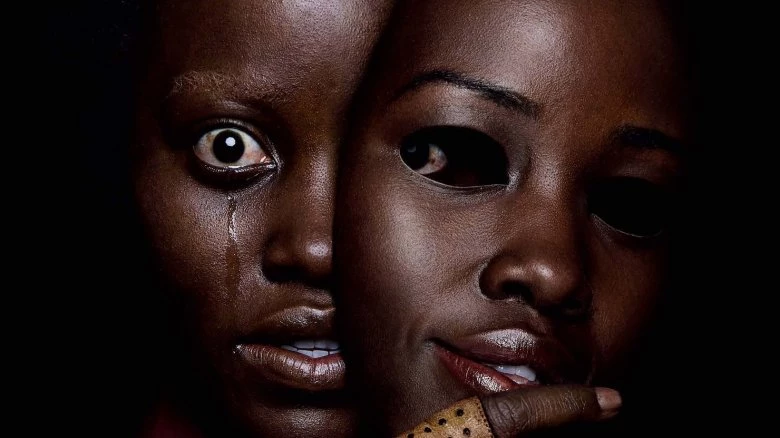What Happens at the End of 'Us'?
 Source: Netflix
Source: Netflix
"Us," the 2019 psychological horror film directed by Jordan Peele, takes viewers on a chilling journey filled with doppelgängers, mysteries, and a thought-provoking conclusion. The story revolves around Adelaide Wilson (Lupita Nyong’o) and her family as they encounter their sinister counterparts, known as the Tethered. The climax of the film reveals a shocking twist, leaving audiences questioning the true nature of the characters.
The narrative kicks off with a traumatic childhood incident for Adelaide in a funhouse of mirrors. Fast forward to the present day, and the Wilson family is on vacation, only to be confronted by eerie doppelgängers of themselves. These duplicates, called the Tethered, share a soul with their surface-level counterparts but have lived a bleak existence underground, mirroring the actions of those above.
Who are the Tethered?
The tension builds as each family member faces off against their Tethered counterpart, leading to a revelation about the origins of the Tethered. Red, the doppelgänger of Adelaide, explains that the Tethered were created in a government experiment, left abandoned underground. The film unfolds with a series of disturbing parallels between the lives of the Tethered and their counterparts.
In a climactic showdown, Adelaide chases Red into the same funhouse from her traumatic childhood experience. It is here that the startling truth emerges: Adelaide is the Tethered, and Red, the original Adelaide, had switched places with her years ago. The film's ending is marked by Adelaide's triumph over Red, solidifying her position as the Tethered who took over the life of her surface-level counterpart.
Us Ending Explained
The conclusion of "Us" invites contemplation on themes of identity, privilege, and societal divides. Adelaide's victory over Red adds a layer of complexity to the narrative. The film delves into the concept of 'Us' and 'Them,' challenging viewers to question who the real antagonists are.
The Tethered, representing the oppressed, are denied the privileges enjoyed by their surface-level counterparts. This stark class divide is symbolic of broader societal issues, drawing parallels with real-world disparities such as those between the rich and the poor, or the majority and minorities.
The Hands Across America scene, inspired by a real-life event, serves as a powerful metaphor. The Tethered, seeking to break free from their oppressive existence, join hands in a symbolic act of unity. However, this act is not a solution to their complex problems, echoing the idea that simple gestures may not address deep-rooted issues.
The film's title, "Us," embodies subjectivity, representing various levels of unity and division. Peele suggests that in defining 'Us,' there is an inherent creation of 'Them.' This notion is explored through a lens of self-destructiveness, where 'Us' turns into its own worst enemy.
Conclusion
In essence, "Us" is a masterful blend of horror and social commentary, leaving audiences with lingering questions about the nature of identity, the consequences of privilege, and the complexities of societal relationships. Peele's film is not just a terrifying experience; it's a thought-provoking exploration of the human condition.
